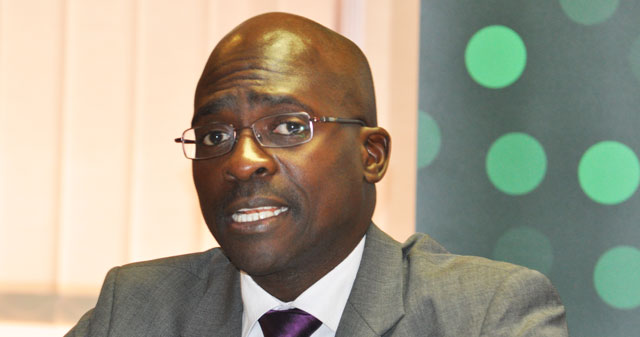
Eskom’s application for a 16% price hike over five years is vital to cushion the economy against a shock of a sudden tariff rise, public enterprises minister Malusi Gigaba said on Tuesday.
Briefing the parliamentary committee on public enterprises, Gigaba was reluctant to declare whether Eskom’s application to the National Energy Regulator of SA (Nersa) should be altered. “I’m saying the 16% application is necessary. It might come down, but I hope it doesn’t go up,” said Gigaba.
Gigaba told MPs to await Nersa’s decision, which would be made after a series of public hearings and consultations with interested parties, including business and trade unions.
The minister did, however, warn that if Nersa decided on lowering electricity tariffs significantly, it could have dire consequences. “If it comes down, it must not come down to such an extent that the build programme will be impaired,” Gigaba said.
He said the big debate over the coming months would be around whether the country could afford the tariff rises. Gigaba said he had already engaged various stakeholders in this regard.
“We raised sharply the responsibility not to subject the SA economy to shocks of high tariffs increases, but at the same time in particular consider the poor.”
Gigaba said changes to the inclining block tariff (IBT) were also contained in the Eskom proposal, to guard against unintended consequences for the poor. “Poor households are losing out on the benefits because the IBT system is measured on consumption and not socio-economic conditions, meaning when poor households with multiple dwellings’ consumption rises they are mistakenly charged higher tariffs,” said Gigaba.
Gigaba said he would be directed by the outcome of the Nersa process as to the ultimate tariff, but hoped it would take various factors into consideration. “We need to consider the build programme being undertaken and the risk of it being stalled by the inability of Eskom to raise revenue to pay its debts and loans.”
It was still government’s aim to bring tariff increases down to single digits following the next Multiple Year Price Determination. — Sapa

